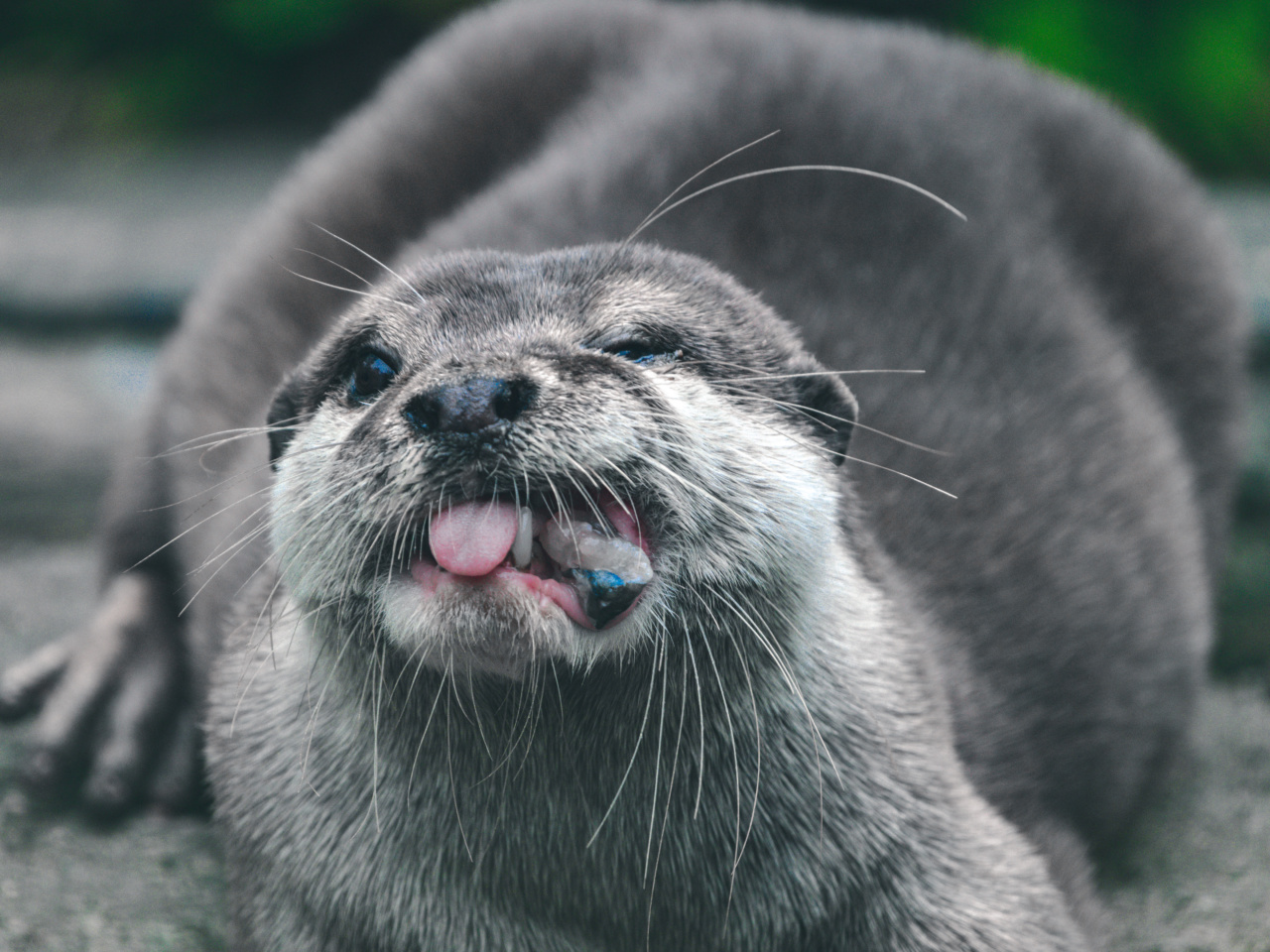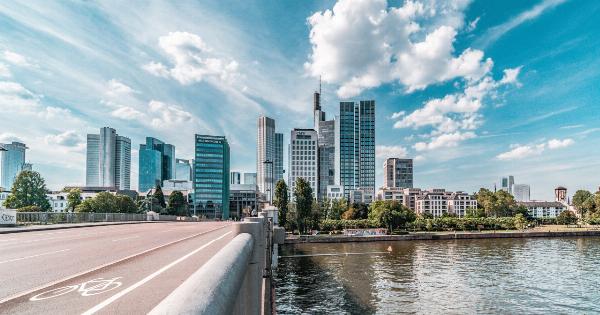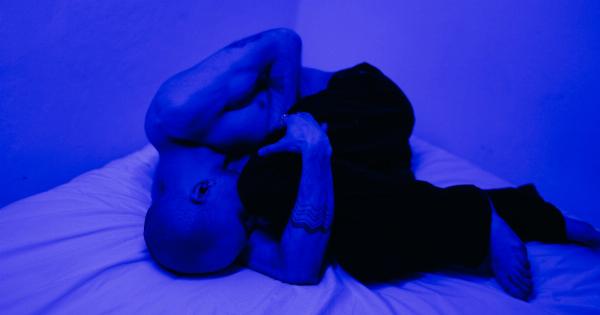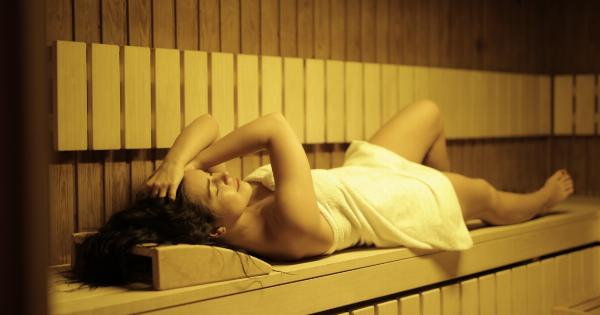Cholecystitis is a condition characterized by inflammation of the gallbladder. This inflammation can cause severe pain and discomfort, particularly after consuming a meal.
However, the delay between eating and experiencing cholecystitis pain can vary depending on several factors.
1. Gallbladder Function
The gallbladder plays a crucial role in the digestion of fats. It stores bile, a substance produced by the liver that aids in the breakdown and absorption of dietary fats.
When you consume a fatty meal, the gallbladder contracts and releases bile into the small intestine to assist with digestion. If the gallbladder is not functioning properly, the release of bile may be compromised, leading to the development of cholecystitis.
2. Acute vs. Chronic Cholecystitis
There are two main types of cholecystitis: acute and chronic. Acute cholecystitis is typically caused by the presence of gallstones, which can obstruct the bile ducts and trigger inflammation.
In cases of acute cholecystitis, the pain is often more immediate and severe, typically occurring within the first hour after a fatty meal.
On the other hand, chronic cholecystitis tends to develop gradually over time. In chronic cases, the pain may not be strictly linked to eating and can occur at any time.
However, it is not uncommon for individuals with chronic cholecystitis to experience an increase in symptoms after consuming a fatty or heavy meal.
3. Size and Composition of Gallstones
The size and composition of gallstones can influence the delay between eating and cholecystitis pain.
Larger gallstones are more likely to cause a sudden onset of symptoms, including pain, whereas smaller gallstones may cause intermittent or less severe pain. Additionally, the composition of gallstones can also play a role. Cholesterol stones are more commonly associated with acute cholecystitis, while pigment stones are often linked to chronic cholecystitis.
4. Individual Sensitivity
Each individual may have a different sensitivity to the development of cholecystitis pain after eating. Some individuals may experience symptoms almost immediately after consuming a meal, particularly if it is rich in fats.
Others may have a delayed onset of pain, sometimes hours after eating. The sensitivity threshold can vary from person to person, making it challenging to determine an exact time frame between eating and cholecystitis pain.
5. Other Factors Influencing Cholecystitis Pain
In addition to eating, several other factors can influence the onset and severity of cholecystitis pain. These include:.
a) Gallbladder Emptying Rate
The rate at which the gallbladder empties can impact the delay between eating and experiencing cholecystitis pain. If the gallbladder empties slowly or inadequately, the bile may accumulate and increase the risk of inflammation and pain.
b) Gender and Age
Studies have shown that women and older individuals are more susceptible to developing cholecystitis. Hormonal changes and age-related factors may contribute to the increased risk and potential differences in pain onset.
c) Severity of Inflammation
The degree of inflammation within the gallbladder can affect the delay between eating and experiencing pain. In more severe cases, even small amounts of food can trigger significant discomfort.
Conversely, individuals with milder inflammation may not experience pain immediately after eating, but over time, the symptoms may worsen.
d) Other Gallbladder Disorders
Individuals with pre-existing gallbladder disorders, such as gallbladder polyps or biliary dyskinesia, may have a different pattern of pain compared to those with cholecystitis caused by gallstones.
The presence of concomitant disorders can complicate the relationship between eating and cholecystitis pain.
e) Lifestyle and Eating Habits
Lifestyle factors, including diet and eating habits, can influence the delay between consuming a meal and experiencing cholecystitis pain.
Regularly consuming fatty and greasy foods can increase the likelihood of experiencing symptoms after eating, while a healthier diet may help alleviate pain or reduce its intensity.
Conclusion
The delay between eating and experiencing cholecystitis pain can vary depending on individual factors such as gallbladder function, the presence of gallstones, pain sensitivity, and overall health.
Acute cholecystitis pain is often more immediate and severe, particularly after consuming a fatty meal, while chronic cholecystitis pain may have a more delayed onset. Understanding these factors can help individuals with cholecystitis manage their symptoms and make informed decisions about their diet and lifestyle.




























